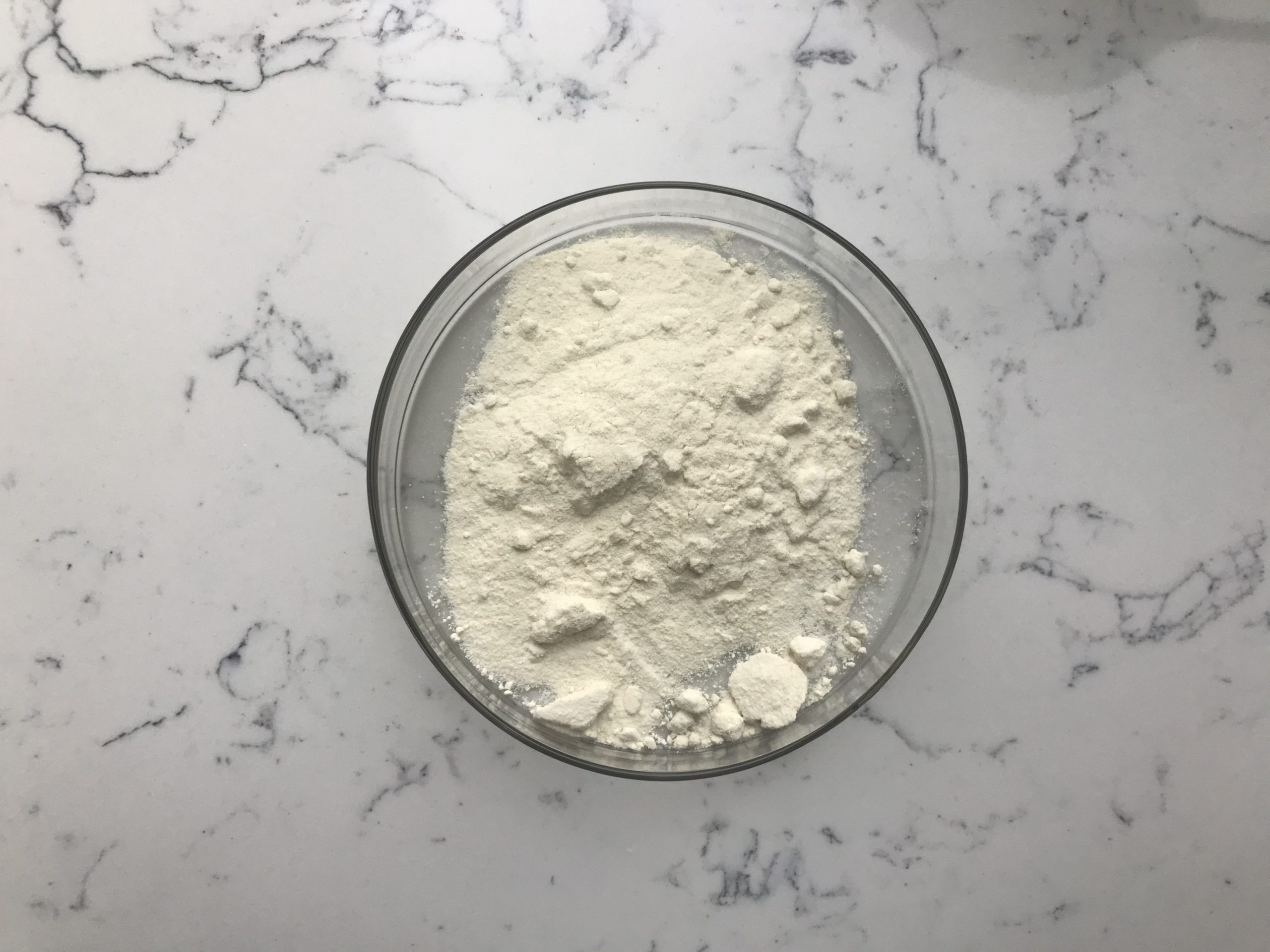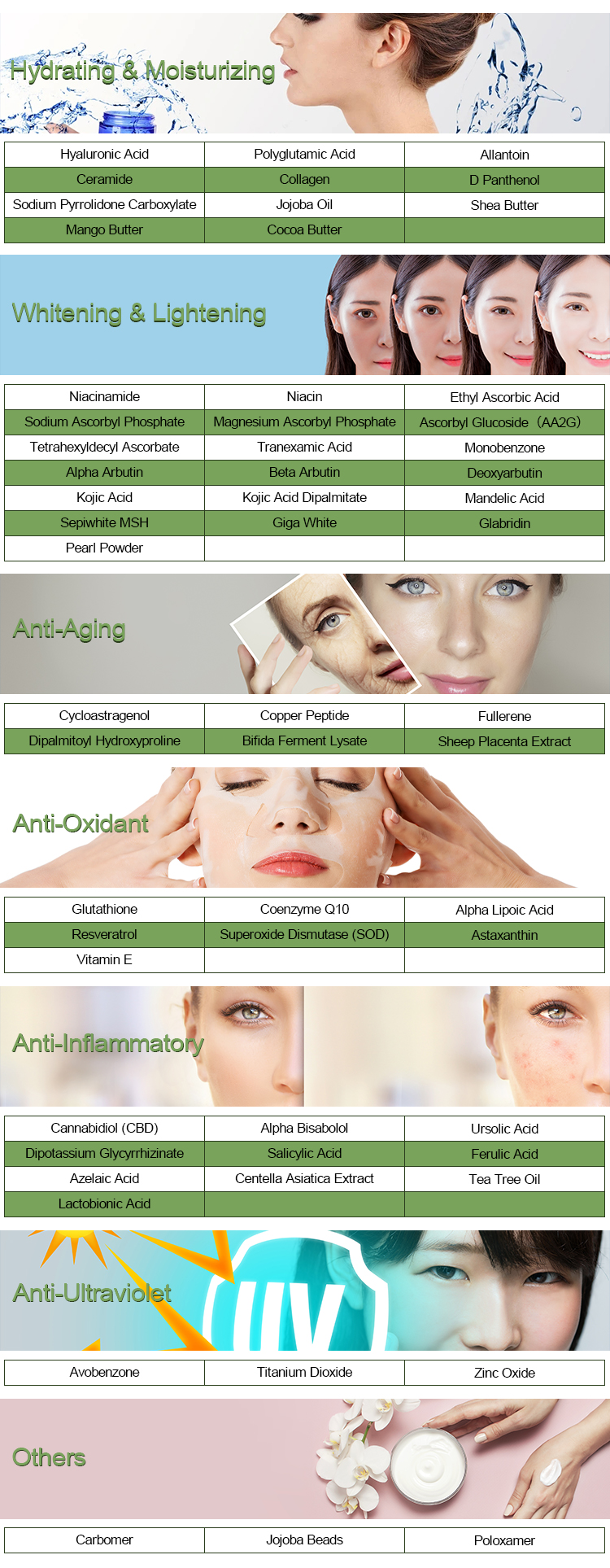Ceramide is a type of lipid molecule that plays a crucial role in many biological processes, especially in cell membranes and signaling pathways. Here are some of its primary roles:
1. Structural Component of Cell Membranes
Ceramides are key components of the lipid bilayer in cell membranes, where they contribute to the membrane’s structural integrity.
They help in forming “lipid rafts,” specialized areas of the cell membrane that cluster signaling molecules, which are essential for cellular communication and signal transduction.

2. Cellular Signaling
Ceramide acts as a bioactive lipid, meaning it’s involved in cellular signaling. It regulates important processes like:
- Cell Differentiation – helps cells develop specific functions
- Cell Proliferation – regulates cell growth and replication
- Apoptosis – induces programmed cell death, which is crucial in cancer suppression and cellular turnover
It is often produced in response to cellular stress, acting as a messenger that can lead to apoptosis (cell death) when cells are damaged or stressed.
3. Role in Skin Barrier and Hydration
In the skin, ceramide is critical for maintaining the skin barrier and retaining moisture.
It forms part of the lipid barrier in the stratum corneum (outer skin layer), preventing water loss and protecting against environmental damage.
Reduced ceramide levels in the skin are associated with dryness, eczema, and other skin conditions.

4. Involvement in Metabolic and Inflammatory Pathways
Ceramide is linked to metabolic pathways and inflammatory responses. Elevated levels are associated with conditions like insulin resistance, diabetes, and cardiovascular diseases.
It influences the function of various metabolic pathways, and higher levels may contribute to inflammatory signaling, leading to chronic inflammation, which is associated with metabolic diseases.
5. Cell Cycle Regulation and Cancer
Because of its role in apoptosis, ceramide can act as a tumor suppressor.
It can halt the cell cycle, preventing uncontrolled proliferation, which is essential in cancer prevention.
